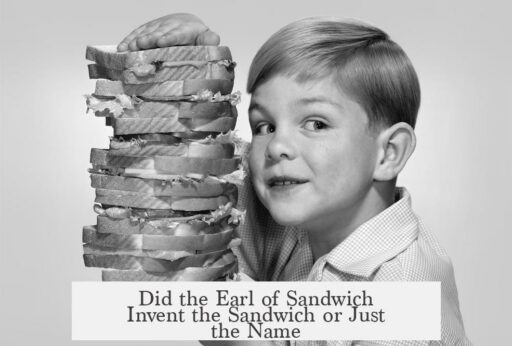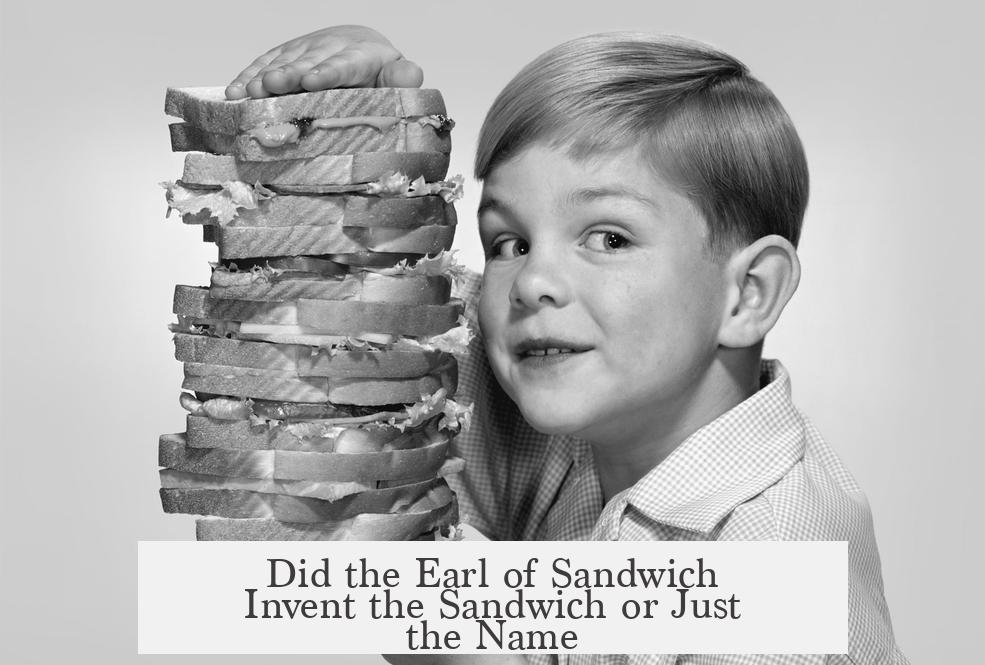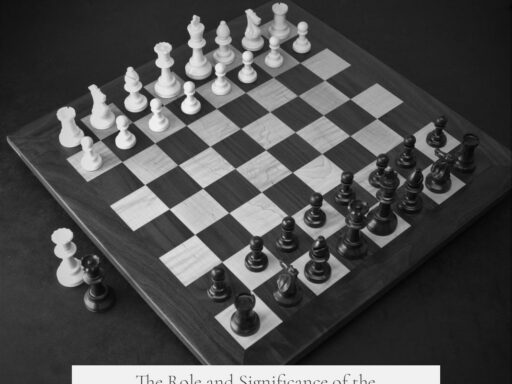The Earl of Sandwich did not invent the sandwich itself but popularized the name and the modern form of the sandwich—two slices of bread with a filling in between—during the 18th century. The tale commonly credits John Montagu, the 4th Earl of Sandwich, with creating this convenient meal while gambling. However, bread-and-filling combinations existed for centuries before his time.
John Montagu held various important roles, such as Postmaster General and First Lord of the Admiralty. He was known as a passionate gambler who engaged in marathon card games. According to legend, during one extended session, he requested his servant to bring him two slices of bread with a slice of meat between them. This allowed him to eat with one hand and hold cards with the other, avoiding greasy fingers and interrupting the game. His companions noticed this practical solution and began to order “the same as Sandwich,” giving rise to the name.
Early writings support this story’s social impact. French writer Pierre-Jean Grosley, in 1772, described how a minister of state spent 24 hours playing cards, eating thin slices of beef between toasted bread without leaving the table. Grosley noted this food became “highly in vogue” and was called by the minister’s name. Historian Edward Gibbon, in 1762, recorded aristocrats dining on “a bit of cold meat, or a Sandwich,” signaling the dish’s rising popularity among England’s upper classes.
Despite this attribution, historians agree the 4th Earl did not invent the concept of sandwich-like foods. Various cultures had consumed bread with fillings or toppings long before. Flatbreads wrapped foods across ancient civilizations. Medieval Europeans used “trenchers,” thick pieces of stale bread, as plates for meals. John Ray, a 17th-century naturalist, observed Dutch tavern patrons eating thin slices of beef atop buttered bread—akin to an open-faced sandwich.
Even earlier, Jewish tradition credits Hillel the Elder, a first-century B.C. rabbi, with eating unleavened bread with herbs and meat during Passover, resembling a sandwich akin to modern interpretations.
The major difference the Earl of Sandwich popularized involves enclosing fillings between two separate bread slices rather than open-faced or wrapped flatbreads. This form suited his needs for handheld, portable sustenance that minimized mess and maximized convenience. The broader cultural popularity of such sandwiches grew rapidly in 19th-century Europe, fueled by industrialization. As workers moved from agrarian lifestyles to busy city jobs, demand increased for cheap, quick, handheld foods. The sandwich fit this need perfectly.
Hence, it is accurate to say the 4th Earl of Sandwich popularized the specific type of sandwich named after him, rather than inventing the broader concept of bread with fillings. His name became synonymous with the practical innovation of placing slices of meat between bread to eat easily during leisure or work. The sandwich then evolved into a culinary staple worldwide.
| Aspect | Details |
|---|---|
| Who was the Earl? | John Montagu, 4th Earl of Sandwich, 18th-century English statesman and gambler |
| Origin Story | Requested beef between two slices of bread to eat during gambling without pausing the game |
| Historical Mentions | 1762 diary by Edward Gibbon; 1772 account by Pierre-Jean Grosley referencing the same dish and its name |
| Earlier Food Forms | Ancient flatbreads, medieval trenchers, Dutch open-faced bread with meat |
| Popularization Impact | Named the sandwich, popularized the enclosed two-slice bread form, linked to 19th-century industrialized food trends |
- The Earl of Sandwich’s legacy lies in naming and popularizing the sandwich’s modern concept.
- Bread-and-filling combinations long predate him, appearing in many cultures.
- The specific invention credited to the Earl is the practical use of two bread slices enclosing a filling for portable, mess-free eating.
- The sandwich rose to prominence as industrial workers needed fast, cheap handheld meals.




